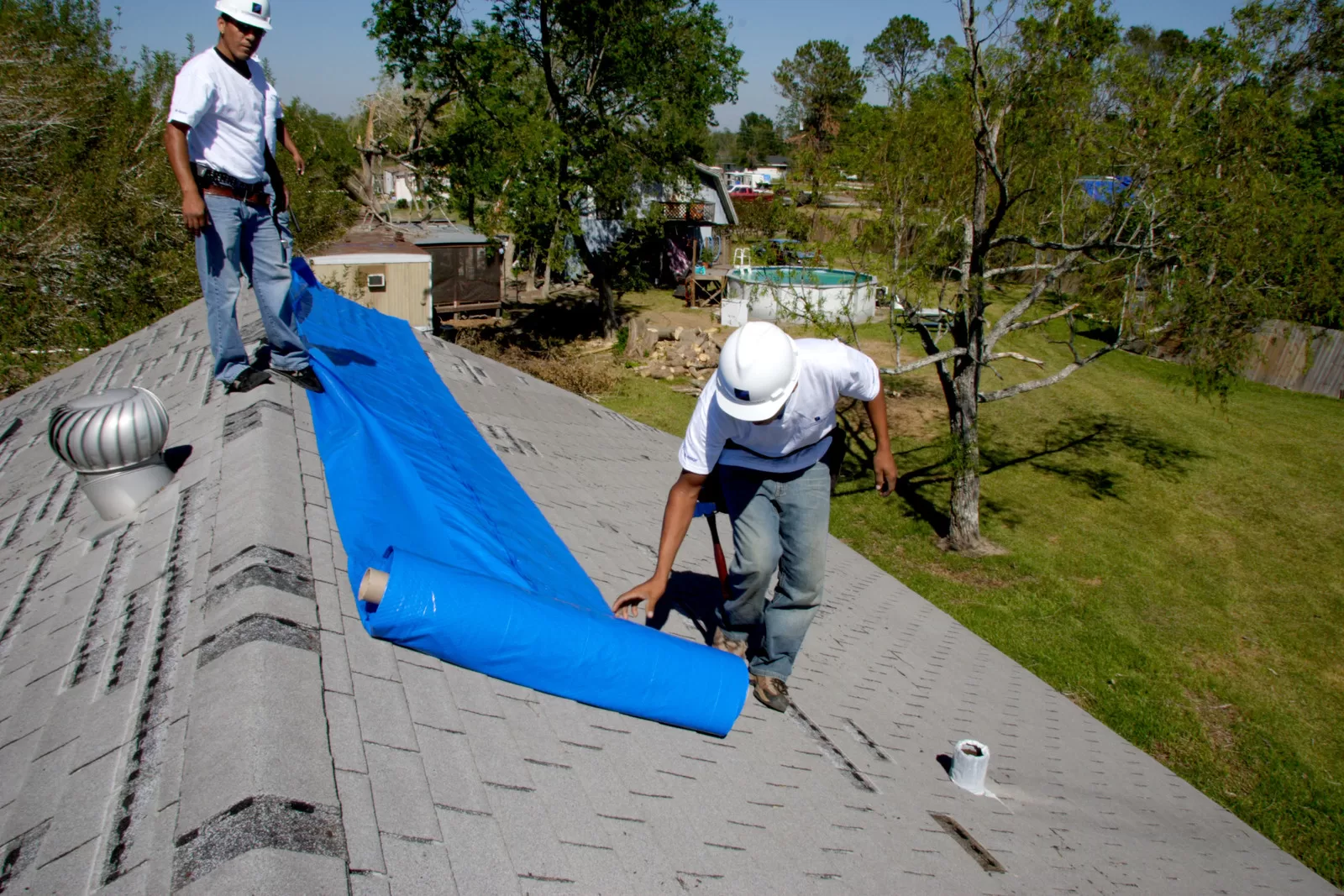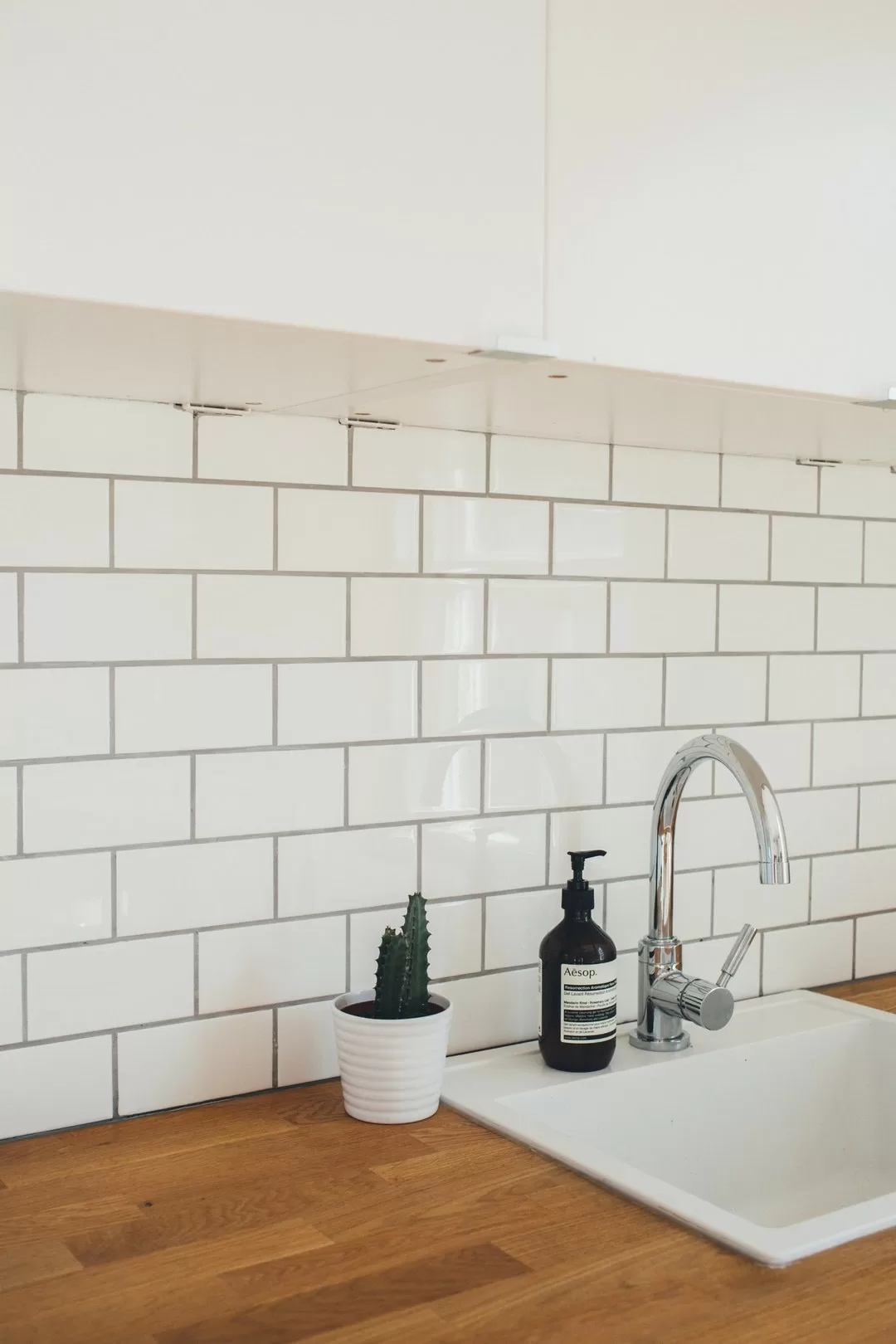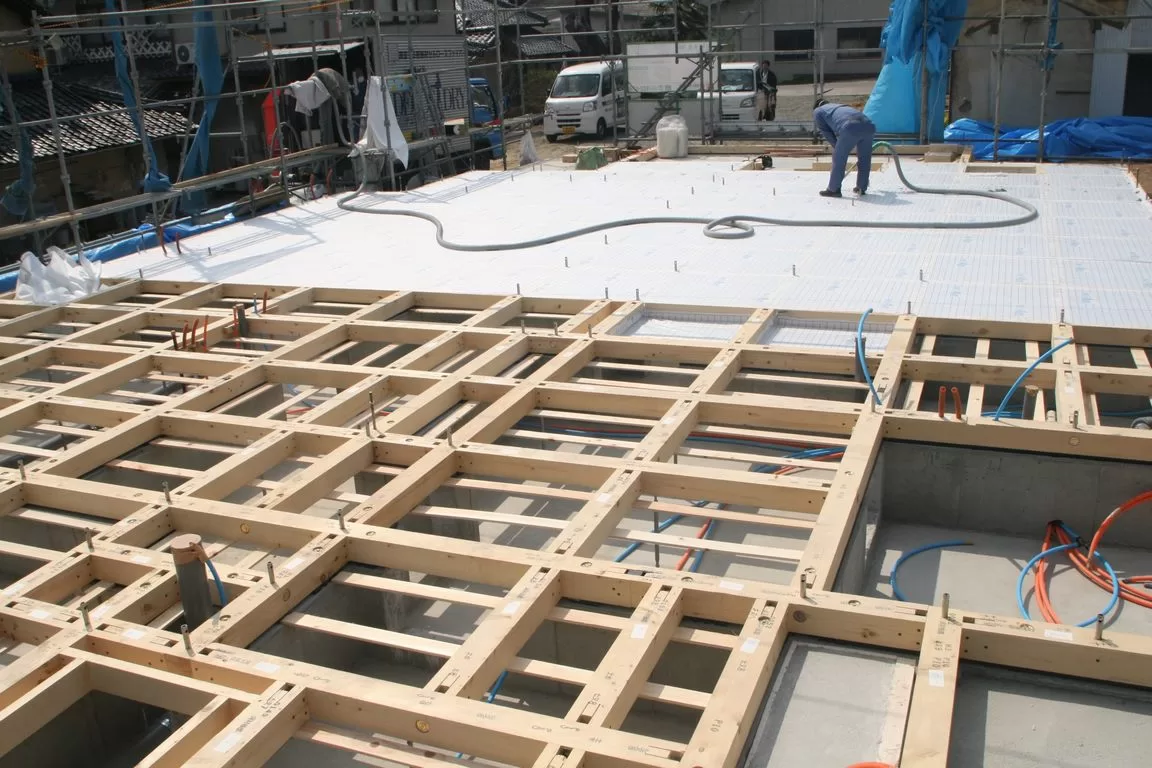Roof inspections play a crucial role in the insurance restoration process, helping both homeowners and insurance companies assess the extent of damage and determine the appropriate course of action. Inspections can uncover hidden issues, prevent future problems, and ensure that insurance claims are accurately filed.

This article will explore the importance of roof inspections, the different types of inspections, and how they contribute to a successful insurance restoration process.
Why Roof Inspections are Important
Roof inspections are an essential step in maintaining the integrity of your home and ensuring that your roof is in good condition.
Regular inspections can detect potential problems before they become costly and extensive, ultimately saving homeowners money in the long run. In the context of insurance restoration, a thorough inspection is crucial for several reasons:
- Accurate damage assessment: A roof inspection can accurately determine the extent of the damage, helping homeowners and insurance companies understand the full scope of repairs needed. This information is critical in determining whether a claim is warranted and calculating the proper reimbursement amount.
- Identifying hidden issues: Roof damage is not always visible to the naked eye, and an inspection can reveal hidden issues that may otherwise go unnoticed. This ensures that all necessary repairs are included in the insurance claim, preventing future problems and additional costs down the line.
- Validating the claim: Insurance companies may require a professional roof inspection to validate a claim. A detailed inspection report provides the necessary documentation and evidence to support the claim, increasing the likelihood of a successful outcome.
- Meeting industry standards: A professional roof inspection ensures that repairs are carried out according to industry standards and best practices. This is important for maintaining the integrity and value of your home and can also influence your insurance premiums.
Read Also:
Types of Roof Inspections
Several types of roof inspections can be carried out during the insurance restoration process, each with its purpose and benefits:
- General inspection: A general inspection is a visual assessment of the roof’s overall condition, looking for signs of wear and damage such as missing or damaged shingles, leaks, and other issues. This type of inspection can be performed by homeowners or roofing professionals and is an essential part of routine roof maintenance.
- Detailed inspection: A detailed inspection goes beyond a visual assessment, using specialized tools and techniques to examine the roof’s structure, ventilation, insulation, and water resistance. This type of inspection is typically performed by a licensed roofing professional and is often required by insurance companies when filing a claim.
- Storm damage inspection: Following a severe weather event, such as a hailstorm or hurricane, a storm damage inspection is necessary to assess the damage caused by the event. This type of inspection is focused on identifying storm-related issues and determining the appropriate repairs or replacements needed for insurance restoration.
- Infrared inspection: Infrared inspections use thermal imaging technology to detect temperature differences on the roof’s surface, which can indicate underlying issues such as trapped moisture or insulation gaps. This type of inspection is a non-invasive and efficient way to identify hidden problems that may not be visible during a general inspection.
The Inspection Process
A professional roof inspection typically involves several steps:
- Preliminary assessment: The inspector begins by discussing the homeowner’s concerns, reviewing any previous inspection reports, and examining any documentation related to the roof’s installation or previous repairs.
- Inspection: The inspector then assesses the roof’s exterior, looking for signs of damage, wear, and other issues. This may include examining the shingles, flashing, gutters, downspouts, and ventilation systems. They will also check for any sagging, ponding water, or other structural concerns.
- Interior inspection: The inspector moves on to examine the interior of the home, focusing on the attic and other areas directly beneath the roof. They will look for signs of water intrusion, such as stains, mold, and damaged insulation. Additionally, they will assess the ventilation and insulation systems to ensure they are functioning properly and meeting industry standards.
- Documentation: Throughout the inspection process, the inspector will document their findings using photographs, notes, and, in some cases, video recordings. This documentation is crucial for supporting an insurance claim and providing a clear understanding of the roof’s condition and required repairs.
- Report generation: After completing the inspection, the inspector will compile their findings into a detailed report. This report will include a summary of the roof’s condition, a list of identified issues, and recommendations for repairs or replacements. The report may also include an estimate of repair costs, which can be helpful for homeowners when negotiating with their insurance company.
The Role of Inspections in the Insurance Restoration Process
Roof inspections are a vital component of the insurance restoration process for several reasons:
- Accurate claims processing: A detailed inspection report provides the necessary information for insurance companies to accurately process claims. This ensures that homeowners receive the proper compensation for their roof repairs or replacements.
- Contractor selection: A professional inspection can help homeowners choose a reputable and experienced contractor to carry out the necessary repairs. By identifying the specific issues and required repairs, homeowners can make informed decisions when selecting a contractor and negotiating the scope of work.
- Quality assurance: Roof inspections help to ensure that repairs are carried out according to industry standards, resulting in a high-quality and long-lasting roof. This is crucial for maintaining the value and integrity of your home and can also influence your insurance premiums.
- Post-restoration inspection: After repairs have been completed, a follow-up inspection can verify that the work was done correctly and that all identified issues have been resolved. This provides peace of mind for homeowners and may be required by insurance companies to close the claim.
Wrapping Up
Roof inspections are a critical aspect of the insurance restoration process, providing valuable information to homeowners, contractors, and insurance companies.
By accurately assessing damage, identifying hidden issues, and ensuring that repairs meet industry standards, inspections help to streamline the restoration process and protect homeowners’ investments.
Working with a reputable company, such as Ohm Restoration, roofing experts in Springfield, MO, ensures that your roof remains in top condition and that any necessary repairs are carried out effectively and efficiently.
As a homeowner, it’s essential to understand the importance of roof inspections and their role in the insurance restoration process, ultimately safeguarding your property and peace of mind.









